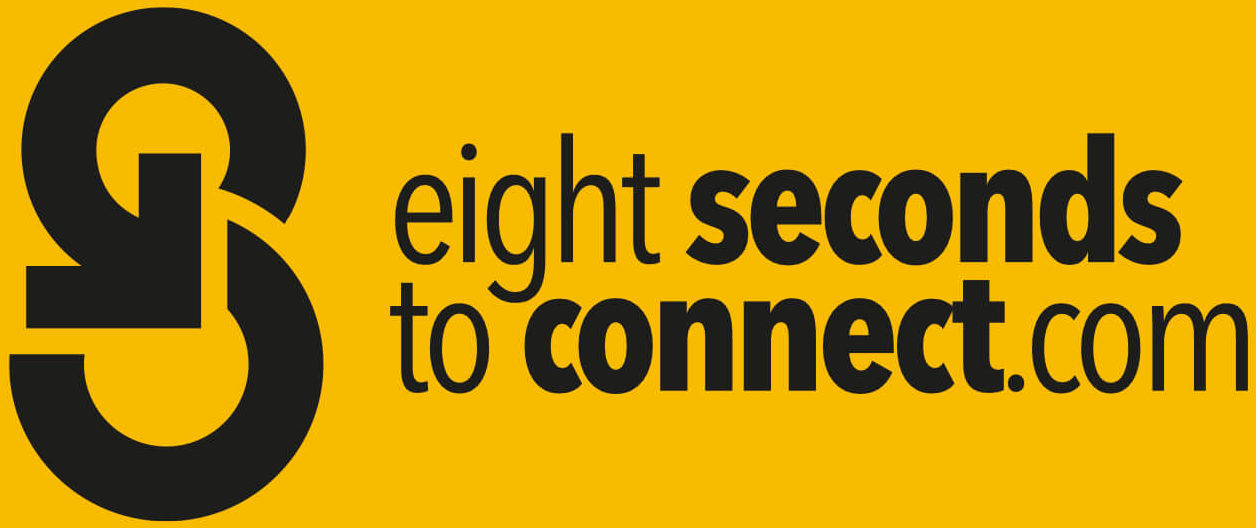Write the CEO's keynote presentation like David Bowie wrote songs
The CEO walked into the meeting room and stopped at the doorway.
He looked surprised
“This looks…different,” he said.
He walked over to the whiteboard covered with bits of paper.
20 minutes earlier, I printed out six pages of the first version of his script.
I cut out the paragraphs and shuffled them like a magician doing a magic trick.
I then stuck them to the whiteboard.
He started reading some of them out.
“I like this”, he repeated. “I like this a lot.”
He was collecting the ones he liked.
Within a few minutes, he had 8-10 paper strips in his hand.
We sat down, and I made a new document.
I copied and pasted the sections he had selected into a second script version.
We then made this version 02 script flow in his words.
In less than 30 minutes, we were done.
He leaned back and read the script out.
He smiled, satisfied.
“Email me a copy.”
He stood and headed to the door.
He paused on the way out, turned and said, “This was good; I’ve never worked like this before. Nice job”
David Bowie
We wrote his conference keynote like David Bowie wrote the lyrics for many of his songs.
A method developed by the Dada art movement.
TLDR;
Write a lot in the first draft without worrying about the final version.
Cut the text options into small sections.
Put them in a hat.
Pick them out at random.
We did a version of this for the CEO.
But I stuck the options to the whiteboard instead of pulling them out of a hat.
I did not explain the process to the CEO.
It would have sounded complicated and risky.
He was focused on his upcoming conference Keynote.
I set it up, and he intuitively got on with it.
All about options
This approach worked because it was all about options.
After creating presentations for C-suite leaders in automotive, advertising, and luxury fashion. My biggest takeaway is they want well-managed options.
If I wrote a script and handed it over, they would hand it back and say.
“That’s not how I would say it.”
We could end up in a long, complicated process of trying to hit the bullseye in the dark.
This is because the CEOs aren’t making a choice.
They are being told what to think.
And that’s not what they want.
Working with the CEO I mentioned above, I knew it could get tricky if I wrote one script version.
This is why I went for quantity and quality.
I wrote fast and a lot.
Cutting out the sections of the script and mixing them up meant we co-created the result.
The CEO directly selected what made sense to him.
I wasn’t trying to speak in his words. Or replicate his tone.
We were co-creating the presentation.
He could see options were abundant.
He could make spontaneous choices.
A curated selection of options
I worked in a similar way with the CMO of one of the big German car brands.
He had a well-written script that his agency had developed with him.
But they needed visuals.
The Keynote was 50 minutes – the CMO had the central spot at a high-level marketing event in Hong Kong.
The slide deck was 70 slides long.
At most, eight words on a slide.
Many slides had no words at all.
I supplied up to 6 image choices per slide.
(6 x 70 = 420)
That’s a lot of images.
From the curated selection of images, The CMO instinctively made his choices.
The process worked very well, and he aced his Keynote.
Intentional communication
Leaders like to make choices from well-managed options.
Presentation success comes from confidence and intentionality.
Once we have clear options, we make confident and intentional choices.
This “Dada” process offers a menu of images to choose from.
This empowers leaders to present and be the best speaker at the event.
If you are working on a keynote conference talk for the leader of your organisation and it’s taking too long, let’s talk.
